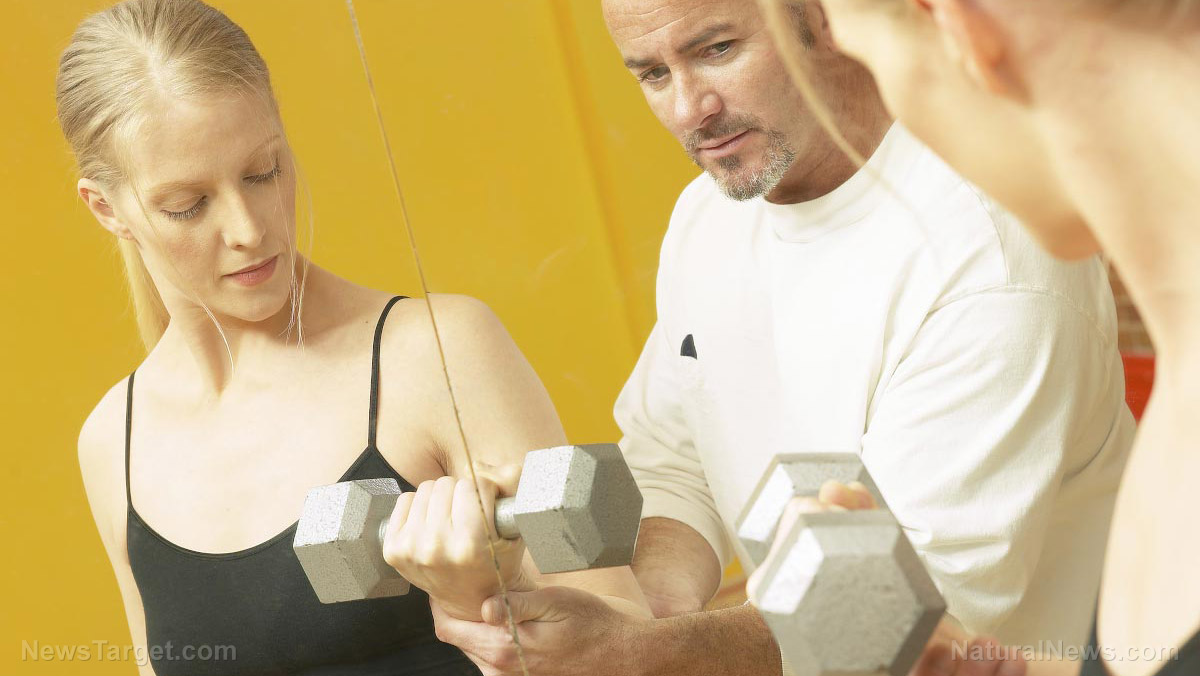
A team of researchers at the University at Buffalo looked at how physical activity affects frailty differently in two groups. The research team recruited 46 women in two different age ranges: those who are aged 60 to 74 years and aged 75 to 90 years.
Results revealed that there was a greater difference between the two groups in terms of muscle strength and endurance among those who were extremely physically active. The strength and endurance of the younger group were much better than the older group's.
The study emphasized the need for older women to build up muscle strength early in the aging process. By doing resistance training, they are fighting the effects of aging. However, the team found a gap between the two age groups among women who did minimal physical activity when it comes to mobility. The difference could disappear if they did a high level of physical activities.
However, when the researchers looked at age and physical activity levels of the participants, two indicators of frailty – muscle strength and endurance vs. walking speed and function – showed an opposite pattern. The primary physical activities of women in the 60 to 70 age group were composed of light gardening, light housework, and stretching. This surprised the researchers as they were not engaging in enough physical activity.
"It appears that committing to regular exercise is not yet a standard part of older women's lifestyles and is instead a reactive behavior to, for example, falls or illness," said Machiko Tomita, lead author of the study.
Thus, Tomita suggested that older women should walk more, but not necessarily 10,000 steps a day. She also recommended consulting a physical therapist or trainer to learn about exercises that can help build muscle strength and endurance.
As people age, frailty progresses. Older women should engage in a high level of physical activity every day to reverse the effects of aging, such as slow walking and decreased function. However, at the age of 75, endurance and muscle strength starts to decline. This is why Fisher suggested that women should start doing resistance exercise early on and continue it so that when they get older, they have already built up their strength and endurance reserves.
Tips before you get started on resistance training
Resistance training after the age of 50 will not only slow down the overall aging process, but will also reduce the risks and symptoms of several health problems, including arthritis, diabetes, osteoporosis, obesity, back pain, and depression. Resistance training helps you in many ways. It helps build muscle mass, build bone density, decrease body fat, avoid injuries, accelerate your metabolism, and improve your mental health. (Related: New study finds older adults should pump more iron: Weight training has better results than cardio for weight loss in the over 60 crowd.)
Here are some tips before you get started on resistance training:
- Consult your healthcare provider first before dramatically increasing your exercise routine or if you have any pre-existing injuries or conditions.
- Stay hydrated by drinking a lot of water. If the weather is hot, drink more water.
- If it hurts, stop doing what you are doing.
- Take your time warming up because older people need more warming up.
- Train with a trainer if you can. Working with a trainer even just for a few sessions can be helpful so that you will learn proper form and technique.
Read more news stories and studies on aging well by going to Longevity.news.
Sources include:
Please contact us for more information.























